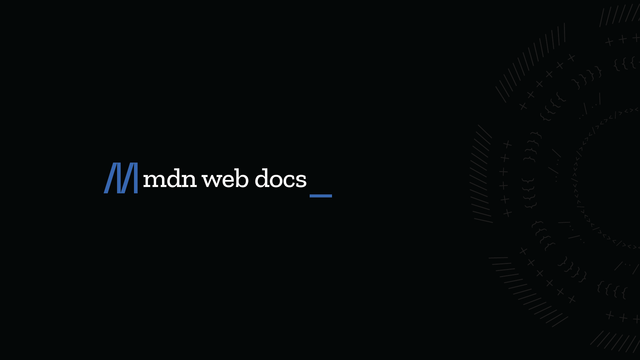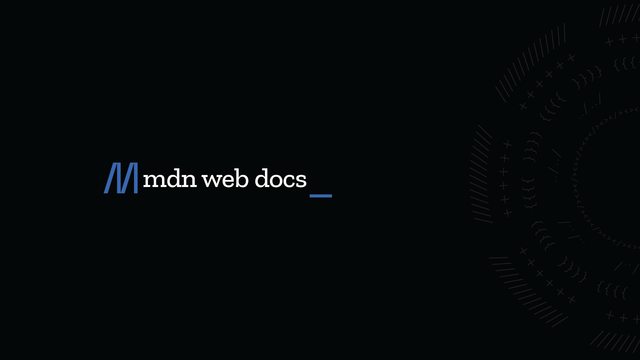⚠️ DEPRECATED: <acronym>
Allows authors to clearly indicate a sequence of characters that compose an acronym or abbreviation for a word.
https://developer.mozilla.org/en-US/docs/Web/HTML/Reference/Elements/acronym
⚠️ DEPRECATED: <acronym>
Allows authors to clearly indicate a sequence of characters that compose an acronym or abbreviation for a word.
https://developer.mozilla.org/en-US/docs/Web/HTML/Reference/Elements/acronym
<wbr>
Represents a word break opportunity.
https://developer.mozilla.org/en-US/docs/Web/HTML/Reference/Elements/wbr
<object>
Represents an external resource, which can be treated as an image, a nested browsing context, or a resource to be handled by a plugin.
https://developer.mozilla.org/en-US/docs/Web/HTML/Reference/Elements/object
<rp>
Used to provide fall-back parentheses for browsers that do not support the display of ruby annotations.
https://developer.mozilla.org/en-US/docs/Web/HTML/Reference/Elements/rp

The <rp> HTML element is used to provide fall-back parentheses for browsers that do not support display of ruby annotations using the <ruby> element. One <rp> element should enclose each of the opening and closing parentheses that wrap the <rt> element that contains the annotation's text.
<meter>
Represents either a scalar value within a known range or a fractional value.
https://developer.mozilla.org/en-US/docs/Web/HTML/Reference/Elements/meter
<h4>
Represents the fourth highest section level heading.
https://developer.mozilla.org/en-US/docs/Web/HTML/Reference/Elements/Heading_Elements

The <h1> to <h6> HTML elements represent six levels of section headings. <h1> is the highest section level and <h6> is the lowest. By default, all heading elements create a block-level box in the layout, starting on a new line and taking up the full width available in their containing block.
<figcaption>
Represents a caption or legend describing the rest of the contents of its parent figure element.
https://developer.mozilla.org/en-US/docs/Web/HTML/Reference/Elements/figcaption
<time>
Represents a specific period in time.
https://developer.mozilla.org/en-US/docs/Web/HTML/Reference/Elements/time
<img>
Embeds an image into the document.
https://developer.mozilla.org/en-US/docs/Web/HTML/Reference/Elements/img
<title>
Defines the document's title that is shown in a browser's title bar or a page's tab. It only contains text; HTML tags within the element, if any, are also treated as plain text.
https://developer.mozilla.org/en-US/docs/Web/HTML/Reference/Elements/title